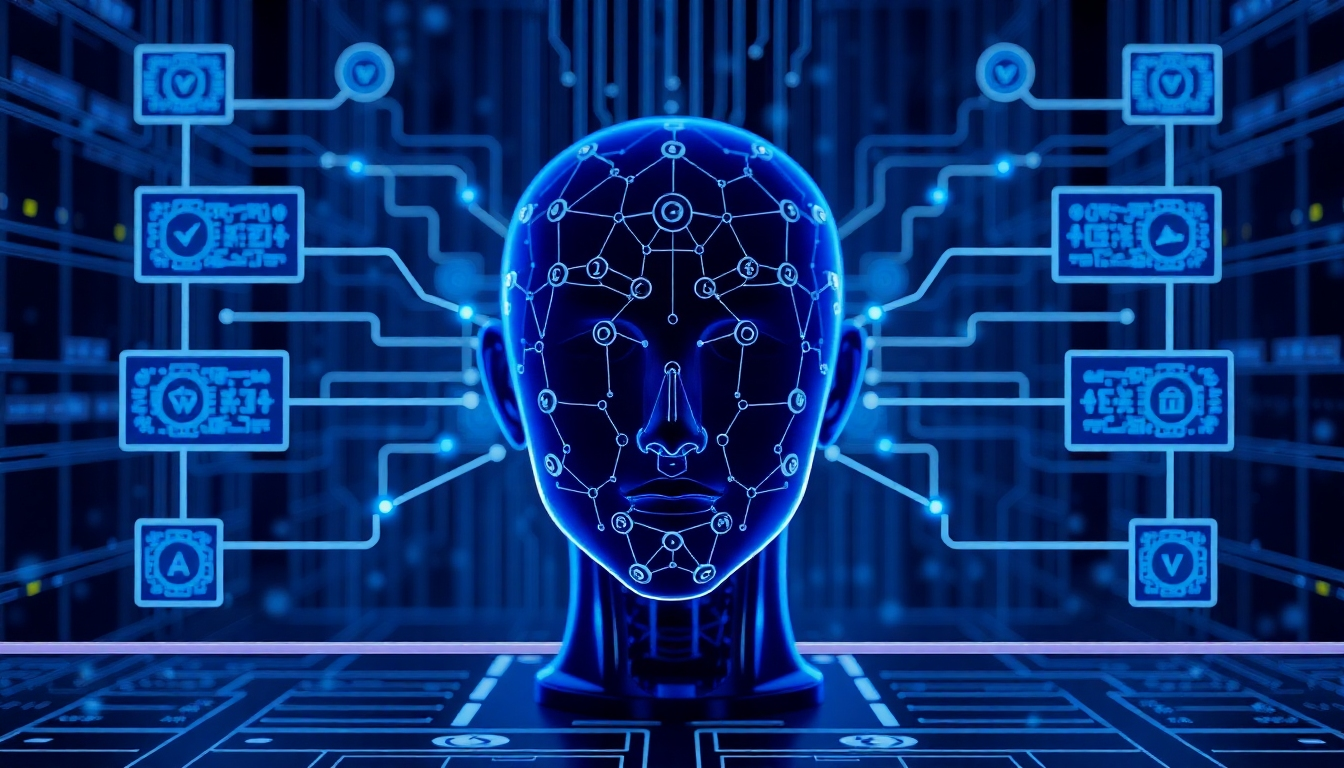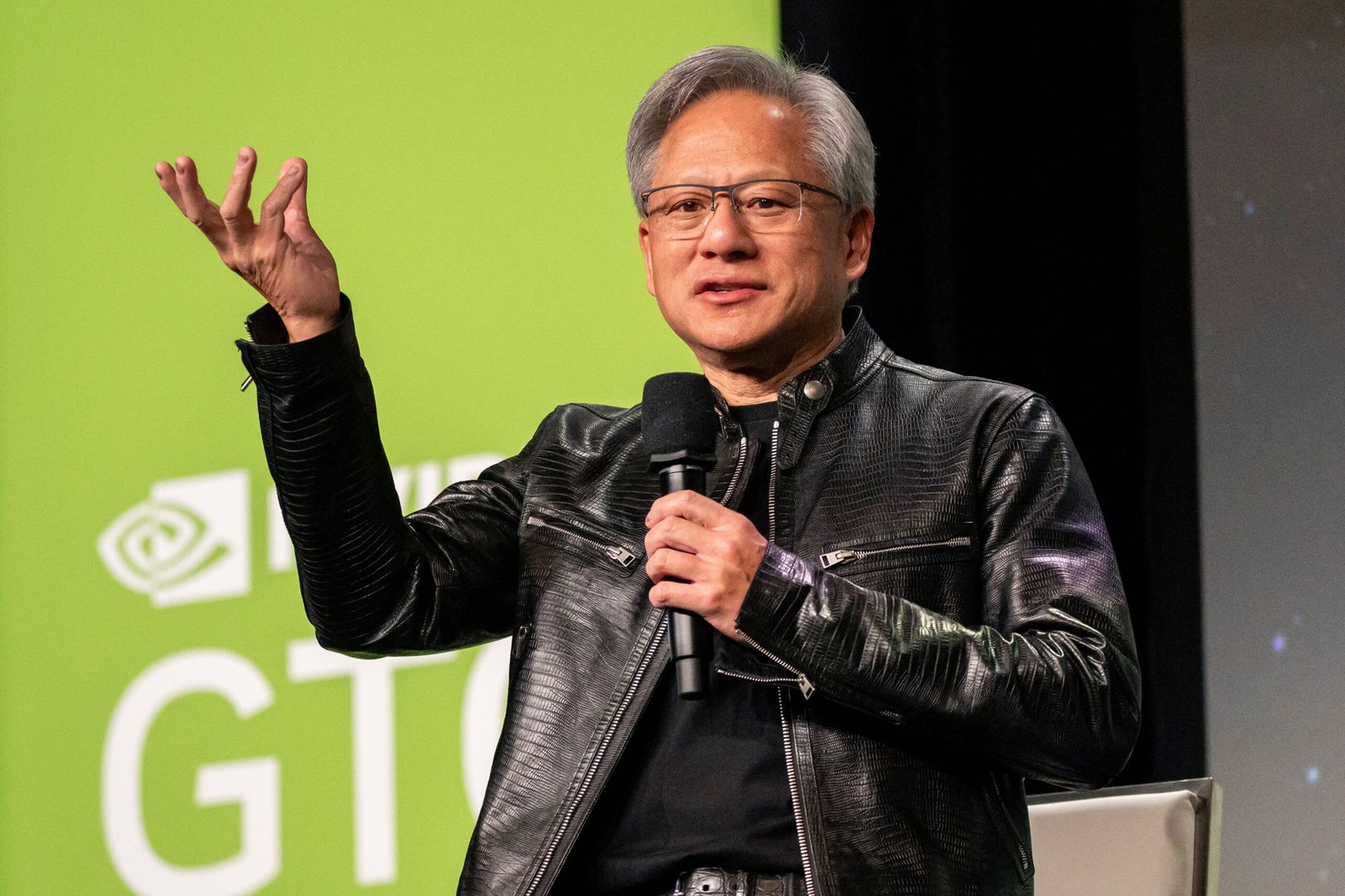DeepSeek’s Disruption of the AI Landscape
DeepSeek, the Chinese artificial intelligence (AI) company, just became a disruptor in the global AI race. By challenging the dominance of industry giants like Nvidia and OpenAI, DeepSeek has sparked critical conversations about innovation, investment, and geopolitics in AI. With a focus on efficiency and open-source accessibility, its rise has profound implications for businesses, policymakers, and the tech industry as a whole.
DeepSeek owes its success to a revolutionary approach to AI development. Traditional AI companies have spent billions of dollars building proprietary models, while DeepSeek has achieved comparable—or even superior—results with its flagship model, R1, at a fraction of the cost: $5.6 million.
-
Cost-Efficiency Without Compromise
Rather than developing a large language model (LLM) from scratch, DeepSeek reuses existing models, integrating its own strategy to extract their “internal world model” through advanced prompting techniques. This method drastically reduces computing costs and highlights how innovation can thrive under resource constraints (Brown, 2023).
-
Open-Source Accessibility
DeepSeek embraces an entirely open-source approach. Unlike closed systems from competitors like OpenAI, DeepSeek gives developers and businesses access to its models. This means users can download, modify, and even run them locally, providing unparalleled flexibility and control.
-
Transparent AI Reasoning
Another standout feature is DeepSeek’s transparency. Its models reveal their reasoning processes, giving users a deeper understanding of how decisions are made. This is especially valuable for businesses aiming for more predictable and explainable AI outputs.
DeepSeek’s innovation has had far-reaching consequences, shaking confidence in traditional AI development models.
-
Impact on Nvidia and the AI Hardware Market
Nvidia, a dominant player in AI hardware, experienced one of its steepest stock declines since 2020. This downturn wasn’t isolated—the broader tech sector saw nearly $1 trillion in market value wiped out. Investors began reassessing the demand for high-end hardware, given that DeepSeek achieved powerful results with fewer resources (Smith, 2025).
-
Data Privacy Concerns
While DeepSeek has earned praise for its performance, privacy concerns shadow its rise. When using its systems through web applications, user data is stored on servers in China, sparking fears about government access. However, by running DeepSeek locally, users can sidestep these issues, showcasing the flexibility of its open-source model (Taylor, 2024).
Unlike many of its Western counterparts, DeepSeek prioritizes research and exploration over immediate profits. Its overarching goal is to pave the way for general artificial intelligence (AGI), rather than focusing solely on narrower, application-specific AI models.
-
A Focus on Language Models
DeepSeek’s leadership believes LLMs are critical stepping stones to AGI. These models possess the ability to simulate reasoning and problem-solving, making them vital tools for advancing AI (Chen, 2024).
-
A Unique Corporate Culture
At DeepSeek, passion and ability matter more than experience. Employees are empowered to innovate spontaneously, learn from failures, and drive breakthroughs in an environment fueled by intellectual curiosity.
-
Global Democratization of AI
By remaining open-source, DeepSeek has made cutting-edge AI available to researchers, developers, and businesses globally—breaking down barriers to access and fostering innovation across industries.
DeepSeek’s rise is part of a broader movement transforming AI into a true productivity multiplier.
For instance, OpenAI’s release of “Operator,” an AI agent capable of automating complex tasks across devices, reflects the AI sector’s shift toward tools that empower users to do more in less time. These advancements hold promise for businesses aiming to streamline workflows and enhance creative output without sacrificing quality (Jones, 2024).
For companies like Code Indie, which specialize in web design, content, and digital strategy, tools like DeepSeek and Operator could significantly enhance efficiency. By automating repetitive tasks, these AI tools allow teams to focus on higher-value, creative activities.
DeepSeek’s journey highlights key insights for the next generation of AI innovation:
Efficiency Drives Innovation
Resource constraints can fuel creative solutions. DeepSeek’s ability to achieve superior performance at a fraction of the cost proves that powerful AI doesn’t require billion-dollar budgets.
1. Open-Source is the Future
As DeepSeek’s popularity grows, it underscores the demand for accessible, open-source AI models that prioritize user control and adaptability.
2. Transparency Builds Trust
Models that offer clear reasoning give users confidence and control—qualities that will become increasingly vital as AI integrates deeper into business workflows.
3. Adaptability is Key for Market Leaders
With rapid advancements and new disruptors entering the market, businesses and investors need to remain agile, adapting to shifts in technology and consumer demand.
DeepSeek is redefining what’s possible in AI. Its rise is a testament to the power of efficient, transparent, and open-source innovation. As the US and other global markets adapt to this disruption, there’s a clear lesson: the future of AI will be shaped by creativity, collaboration, and accessibility.
At Code Indie, we’re inspired by this shift and remain committed to helping businesses harness the full potential of technology. Curious about how AI can transform your digital strategy? Let’s connect and explore the possibilities together.
References:
Brown, L. (2023). AI and the art of disruption: DeepSeek’s journey. AI Journal, 42(2), 14-19.
Chen, Y. (2024). The rise of DeepSeek and what it means for AGI. Tech Innovators Blog. https://www.techinnovatorsblog.com/deepseek-agi
Jones, T. (2024). Operator and the future of AI productivity tools. AI Trends Weekly. https://www.aitrendsweekly.com/operator-productivity
Smith, R. (2025). DeepSeek’s impact on Nvidia and the market. Market Watch Report, 35(4), 10-15.
Taylor, J. (2024). Data privacy concerns in open-source AI models. CyberWatch Quarterly, 28(1), 8-12.




